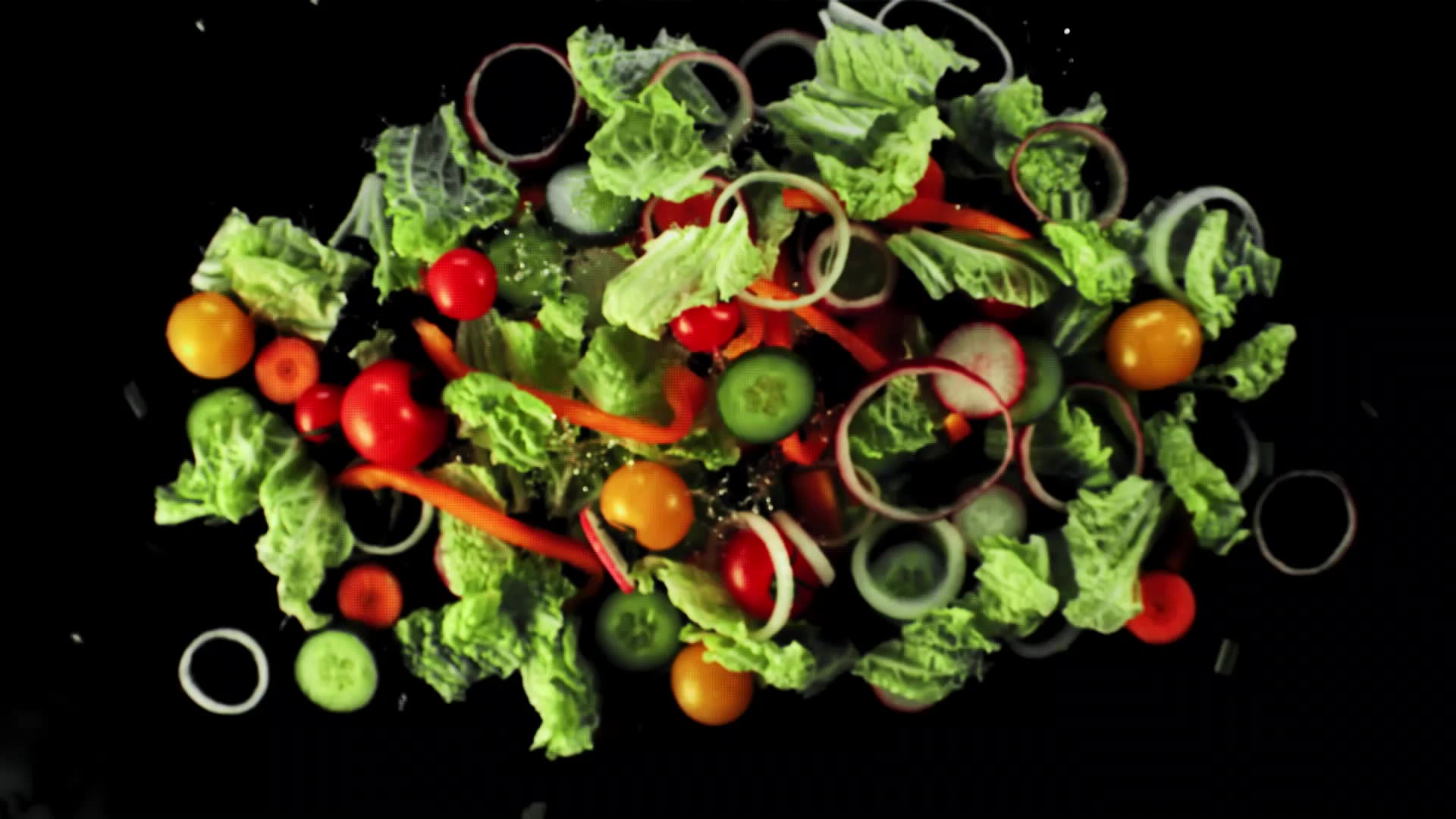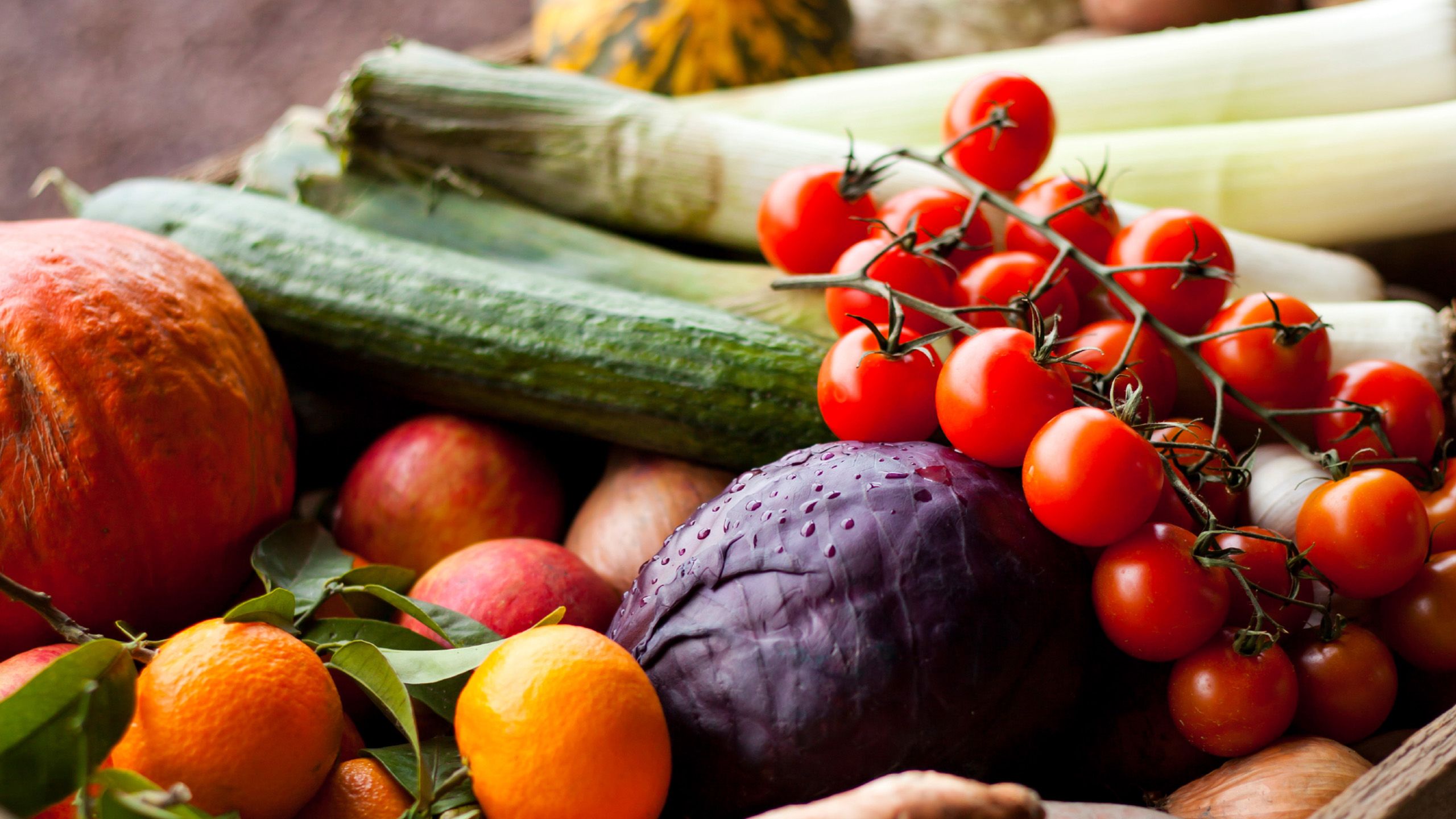Five dietary tweaks for women over 50
Advice from two food experts

Midlife is an excellent time to take stock of your daily diet. For most women, menopause occurs at this life stage, and health issues that weren’t a concern in earlier years – like heart disease and bone loss – may start to appear.
By making these small but important dietary tweaks from age 50, you can help minimise unwanted changes and protect your health for years to come.
1. Boost your calcium intake

Calcium is essential for bone health and it’s important to consume more of it as you age. Research Dietitian Gemma Williams explains that around menopause, levels of the hormone oestrogen drop and this can increase the loss of calcium and other minerals from our bones. “It’s why women over 50 and postmenopausal women need a third more calcium than younger women,” says Ms Williams, who co-wrote The CSIRO Women's Health & Nutrition Guide.
Good sources of calcium include milk, unsweetened yoghurt, cheese, calcium-enriched dairy alternatives, firm tofu, and tinned fish such as sardines and salmon with edible bones (the bones contain the calcium). Nuts, seeds and green leafy vegetables also contain the mineral, but in smaller amounts.
For a calcium hit, try sardines on toast or this roast chickpea and vegie salad, by Jean Hailes Naturopath Sandra Villella.
Be mindful that our bodies need vitamin D to help us absorb calcium. You can find the nutrient in small amounts in oily fish (e.g. salmon and trout) and egg yolks. However, according to Ms Williams, food alone won’t provide adequate amounts. “Vitamin D is produced in the body when the skin is exposed to sunlight, so most people are reliant on a small amount of sun exposure to reach recommended levels.”
Read more about vitamin D.
2. Include more protein

“As we age, we tend to lose muscle mass and gain fat mass,” says Ms Williams. Muscle mass helps us burn energy, so when we lose it, weight gain can become an issue.
That’s where protein can help. “It helps build and maintain muscle mass and strength, particularly when combined with resistance exercise,” says Ms Williams. Think squats, hill climbing and weight training.
In more good news, research suggests that protein (especially legumes, fish and poultry) may help protect brain health as you age.
To get enough protein in your diet, Ms Williams recommends incorporating it at breakfast time (for example with dairy, eggs or legumes) as well as lunch and dinner. Also, aim for variety. “Add more fish to your regular rotation and try plant-based protein sources such as tofu.”
Read more about protein.
3. Add more colour

Think back to your last meal. How many different-coloured fruits, vegetables and other plant foods featured? According to Ms Williams, “the more colourful your plate looks from plant foods, the healthier your nutritional intake is likely to be”.
Research also shows that ‘eating a rainbow’ of plant foods may help protect brain function in later life. The researchers found that flavonoids – natural substances found in various plant foods – are linked to better memory and less confusion.
To add more colour to your diet, Ms Villella recommends choosing a different vegetable to include in your shopping basket every week. “Don’t forget the reds and purples,” she adds. “Beetroot baked or grated into salads is a winner.”
For more colourful inspiration, try Ms Villella’s pesto, nachos and red cabbage slaw.
4. Tune in to your portion sizes

Around midlife, many women start to notice changes in body shape. Fat storage often shifts from the hips and thighs to your waist, due to the menopausal drop in oestrogen, explains Ms Williams.
Ageing and lifestyle changes can also make weight gain more likely. “We tend to exercise less in our 40s, 50s and 60s than when we were younger,” says Ms Williams. “We also tend to eat more with an unstructured lifestyle that may come with working less or retirement.”
For these reasons, Ms Williams says it’s important to consider whether your portion sizes are still right for you. Try to eat mindfully, and recognise when you are hungry and when you are satisfied, she says.
Also remember that protein aids fullness and balances blood sugar levels, so if you eat meat or poultry, Ms Williams recommends going for a palm-sized portion (double this for vegetarian sources of protein such as beans or tofu). Another tip is to fill half your plate with vegies to crowd out unhealthier options, she adds.
5. Cut back on alcohol

In Australia, data tells us that women in their 50s are more likely to drink at risky levels compared to other age groups.
Drinking too much alcohol can affect our health in many ways. According to Ms Williams, it “may be responsible for weight gain as well as worsening [menopausal] hot flushes and disrupted sleep”.
If you’re a drinker, guidelines recommend consuming no more than four standard drinks on any one day and no more than 10 per week.
“Think about switching to some non-alcoholic options, such as herbal teas or alcohol-free wines,” says Ms Williams.
Remember, women’s nutritional needs change over time, especially after menopause. These simple tweaks can help you to eat healthier and age well.
© 2023 Jean Hailes Foundation. All rights reserved. This publication may not be reproduced in whole or in part by any means without written permission of the copyright owner. Contact: licensing@jeanhailes.org.au
